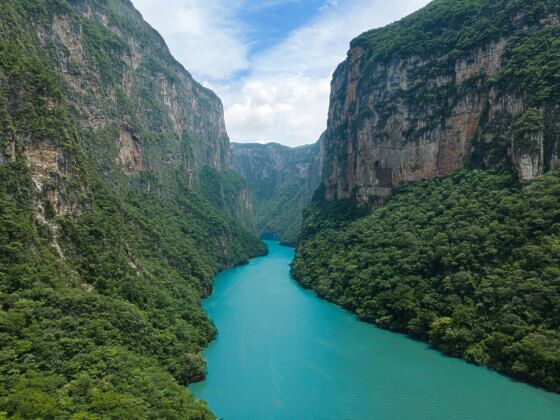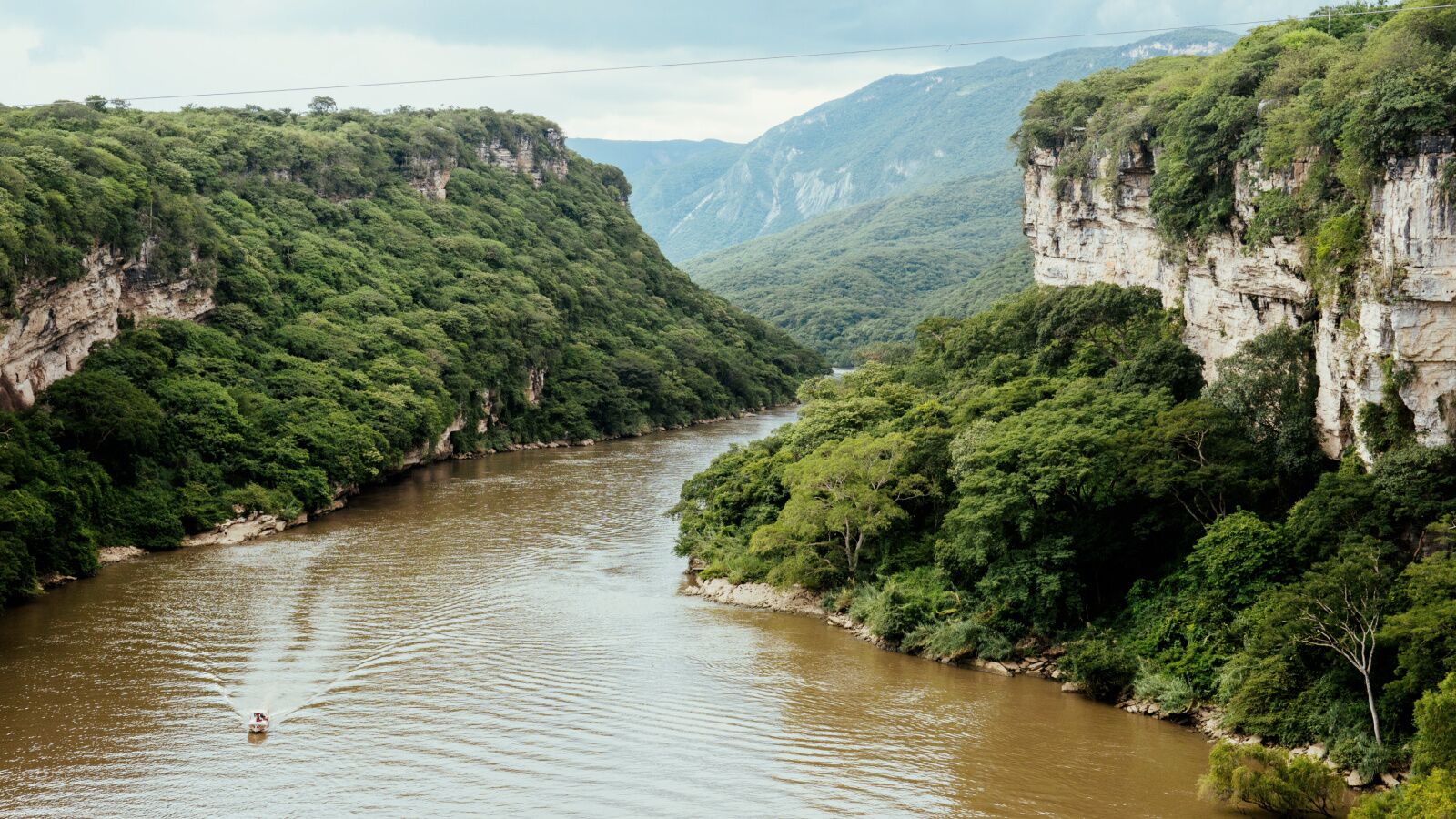Sumidero Canyon is an incredible natural wonder in Chiapas, Mexico. It’s part of Parque Nacional Cañón del Sumidero and is one of the largest canyons in Mexico. While it’s a great place to hike, one of the most popular activities is taking a boat tour to the stunning waterfalls within the canyon.
@visit Sumidero Canyon is a must-see if you’re in Mexico 🇲🇽 @Ellie Lagunas #cañóndelsumidero #chiapas #mexicotravel #traveltiktok ♬ original sound – Visit
The majestic landscape was formed by erosion from the Grijalva River, and is a popular spot for nature lovers, adventurers, and photographers. Visiting Sumidero Canyon is a great way to get to know the region and explore the beauty of Chiapas.


